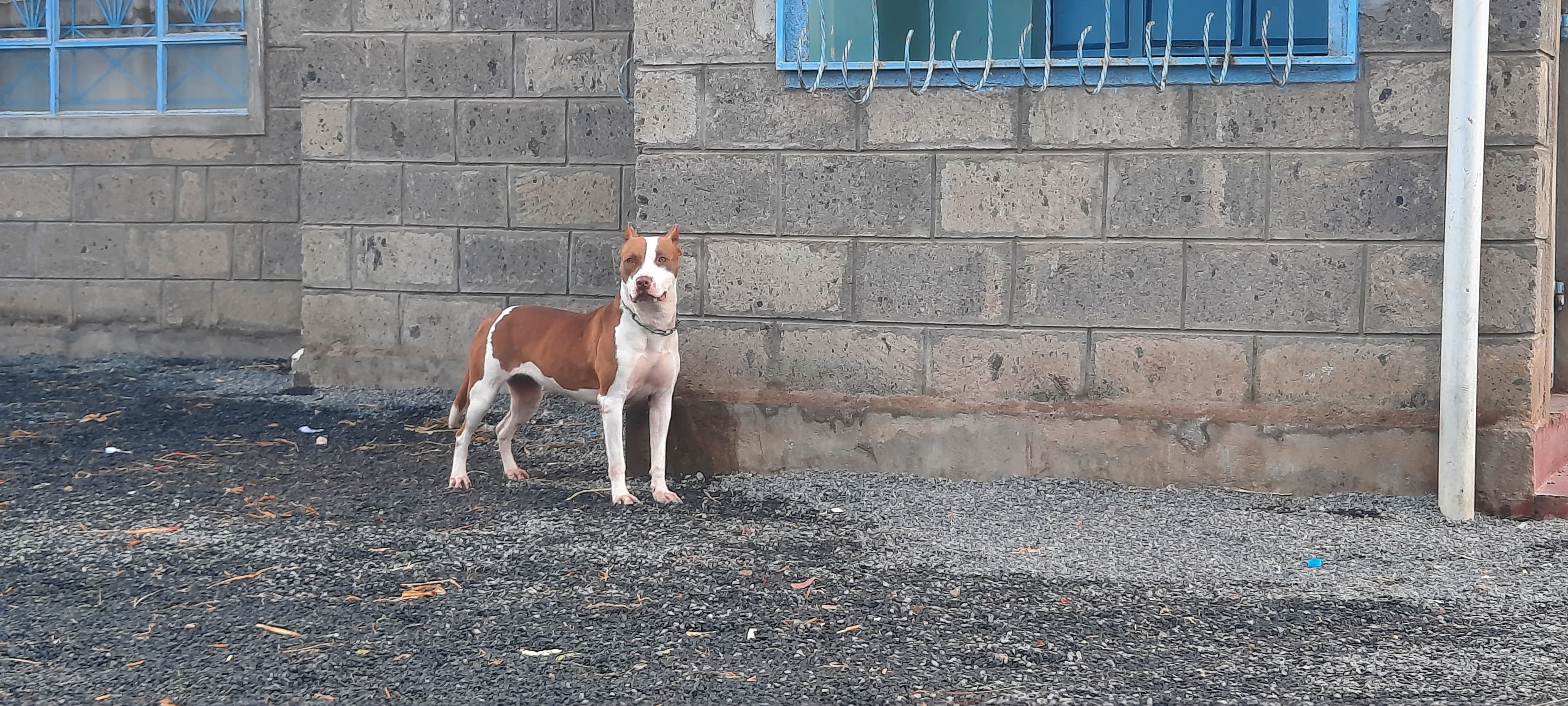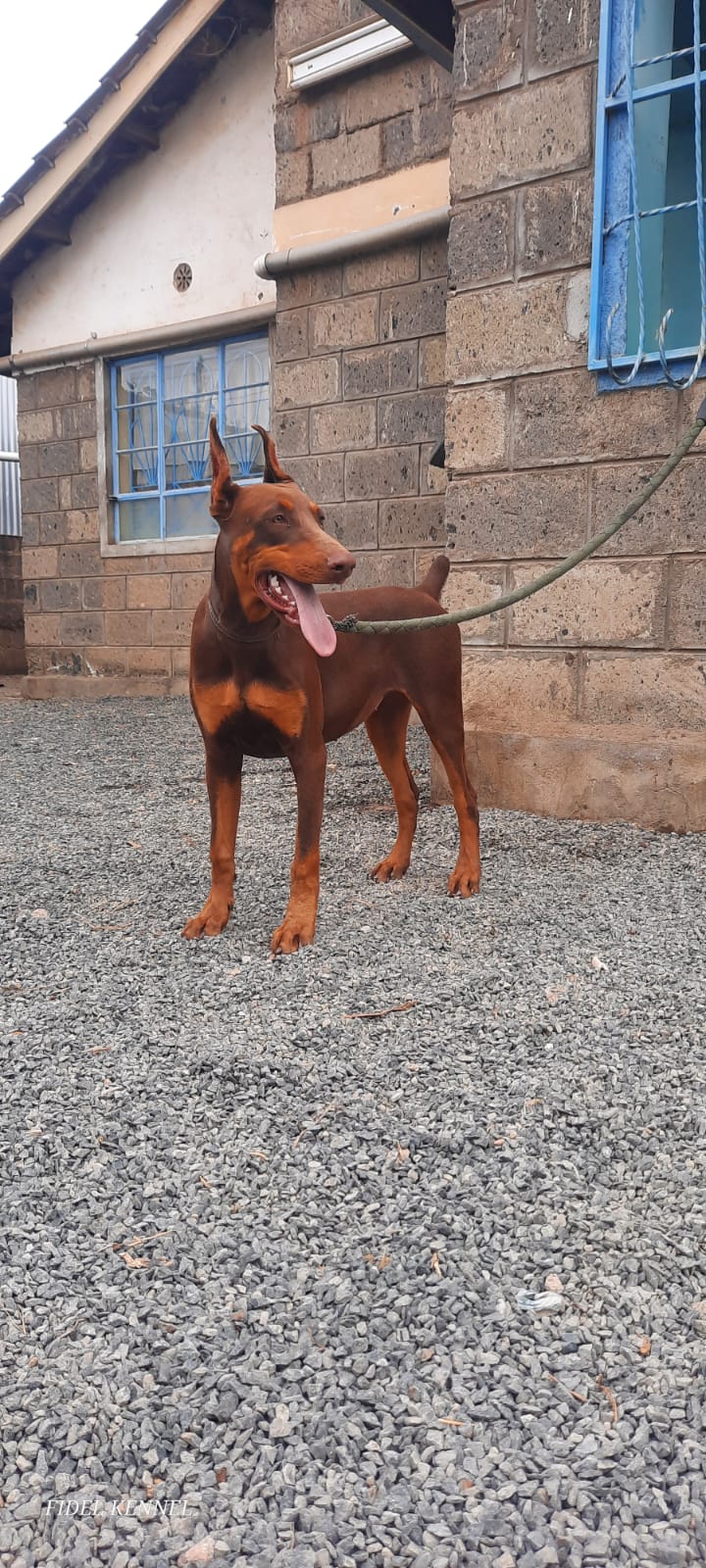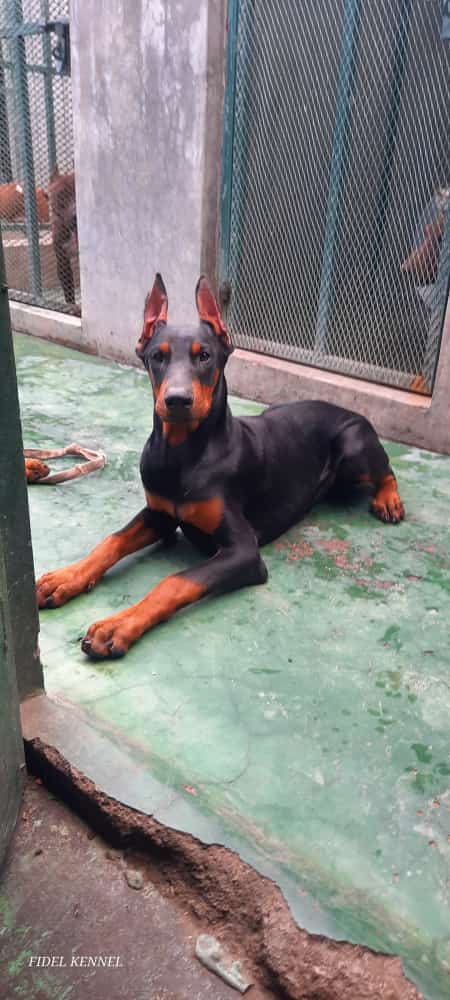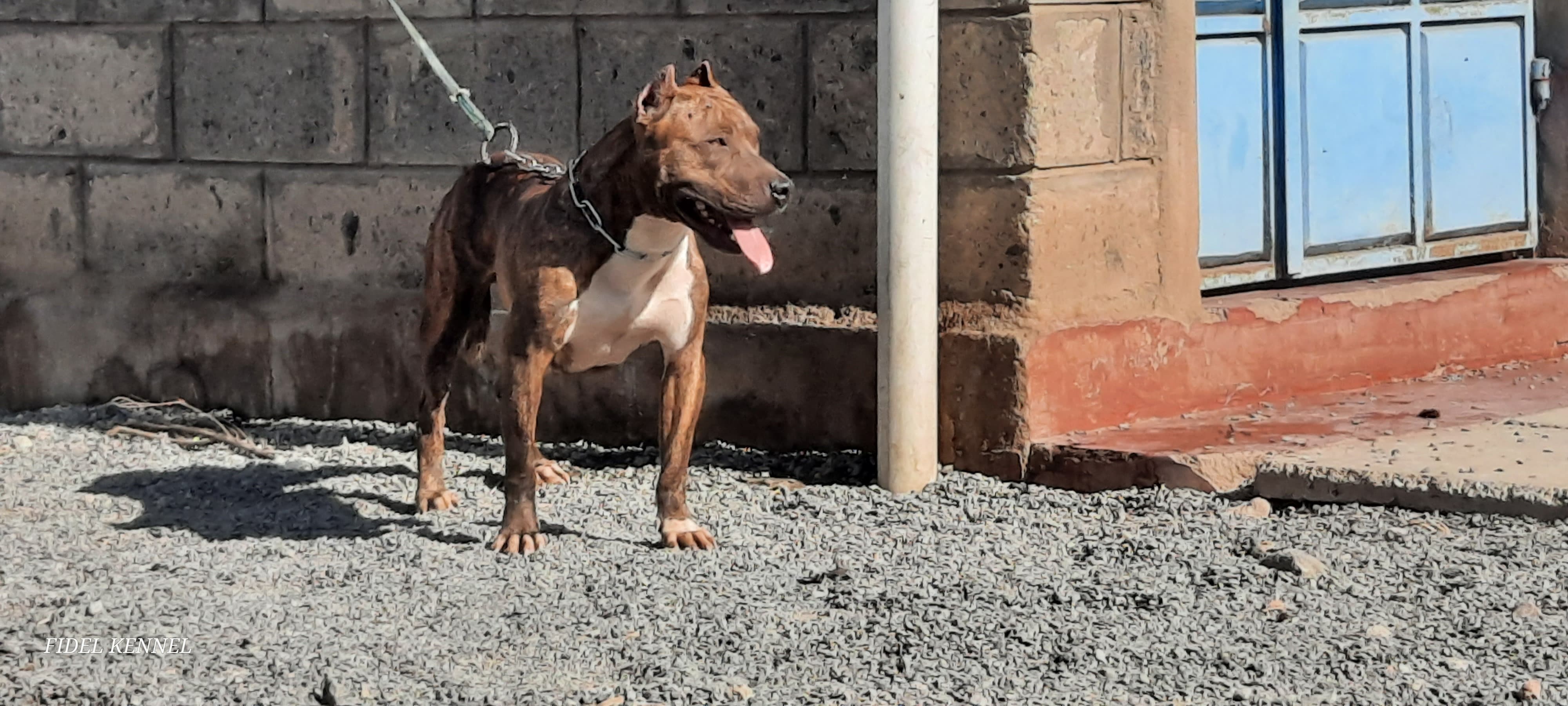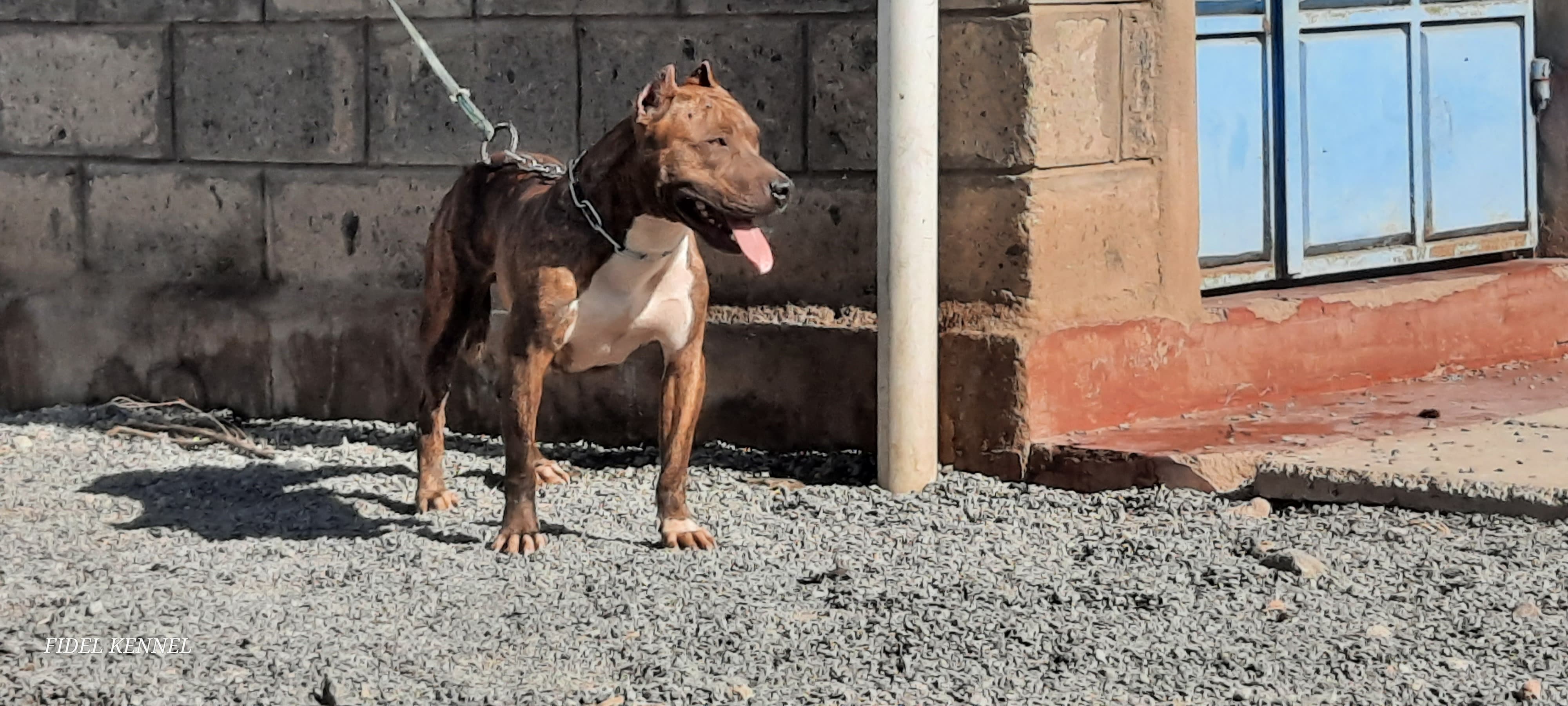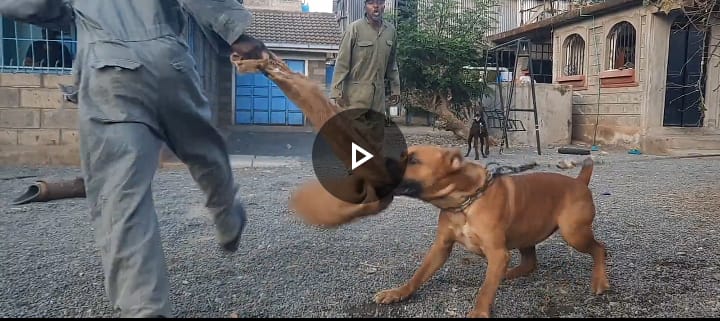
FK Dog Training
Price: KES KES 2,000.00
SKU:BM-PTNR0-PRDC46-PRDT1823
Category: Pets & Animals
Specifications
FK Dog Training (Aggression @KShs.2k per session and Obedience @Kshs.15000/ full course).
Dog training is the process of teaching a dog specific behaviors and commands through various methods, including positive reinforcement, repetition, and consistency. It aims to establish a bond between the owner and the dog while ensuring the dog understands what is expected of it in different situations.
Here are the key aspects of dog training:
- Basic Commands: Training typically begins with teaching basic commands such as sit, stay, come, heel, and down. These commands form the foundation of communication between the owner and the dog.
- Positive Reinforcement: This method involves rewarding desired behaviors with treats, praise, or toys. Dogs learn to associate certain actions with positive outcomes, which encourages them to repeat those behaviors.
- Consistency: Consistency is crucial in dog training. Dogs thrive on routine and repetition, so it's important for owners to use consistent cues and commands. Inconsistency can confuse the dog and hinder the learning process.
- Patience and Persistence: Training a dog requires patience and persistence. Some behaviors may take time to learn, and it's important not to become frustrated or discouraged. Consistent practice and positive reinforcement will eventually yield results.
- Socialization: Socialization is a critical aspect of dog training, especially for puppies. It involves exposing the dog to various people, animals, and environments in a positive and controlled manner. This helps prevent behavioral issues such as fear and aggression later in life.
- Correction Techniques: While positive reinforcement is the primary method used in dog training, there may be instances where correction techniques are necessary to address undesirable behaviors. However, these techniques should be used sparingly and always with the dog's well-being in mind.
- Training Tools: Various tools such as clickers, leashes, and treats may be used to aid in training. These tools can help reinforce desired behaviors and facilitate communication between the owner and the dog.
- Advanced Training: Beyond basic commands, dogs can be trained for various purposes such as obedience trials, agility competitions, therapy work, and service tasks. Advanced training requires more time, dedication, and specialized instruction.
Overall, dog training is a rewarding process that strengthens the bond between dogs and their owners while ensuring that dogs are well-behaved and adaptable companions. Effective training requires patience, consistency, and a deep understanding of canine behavior.
